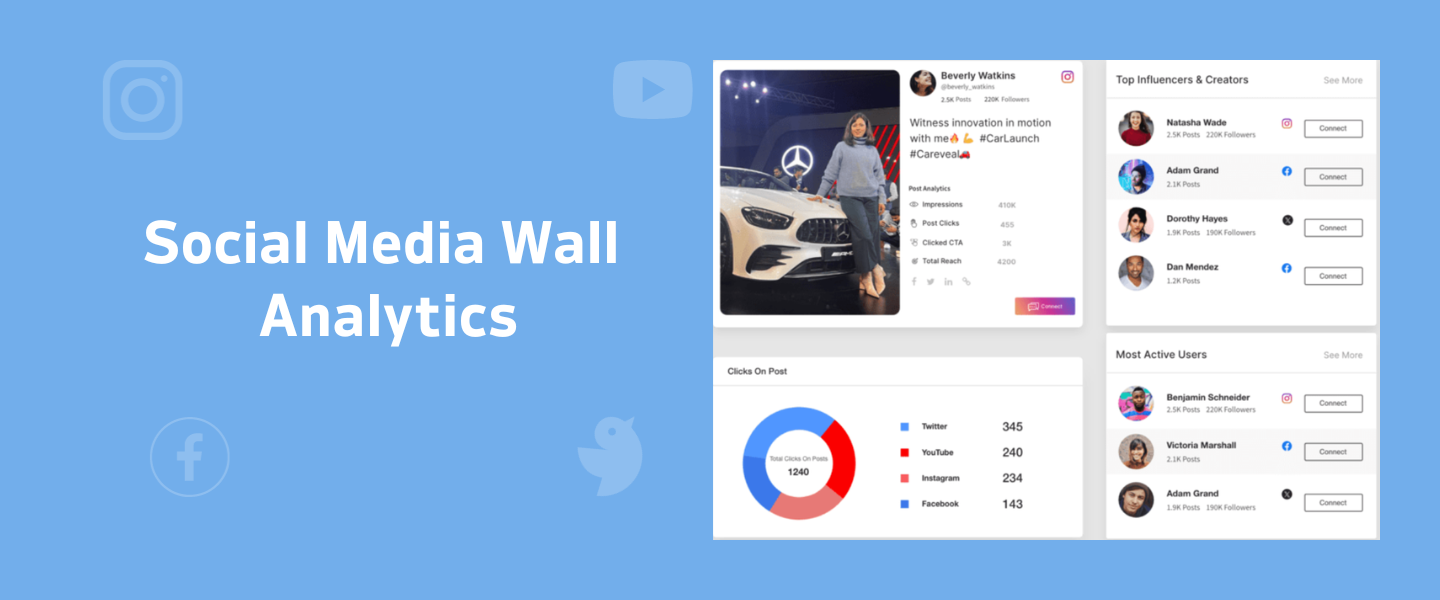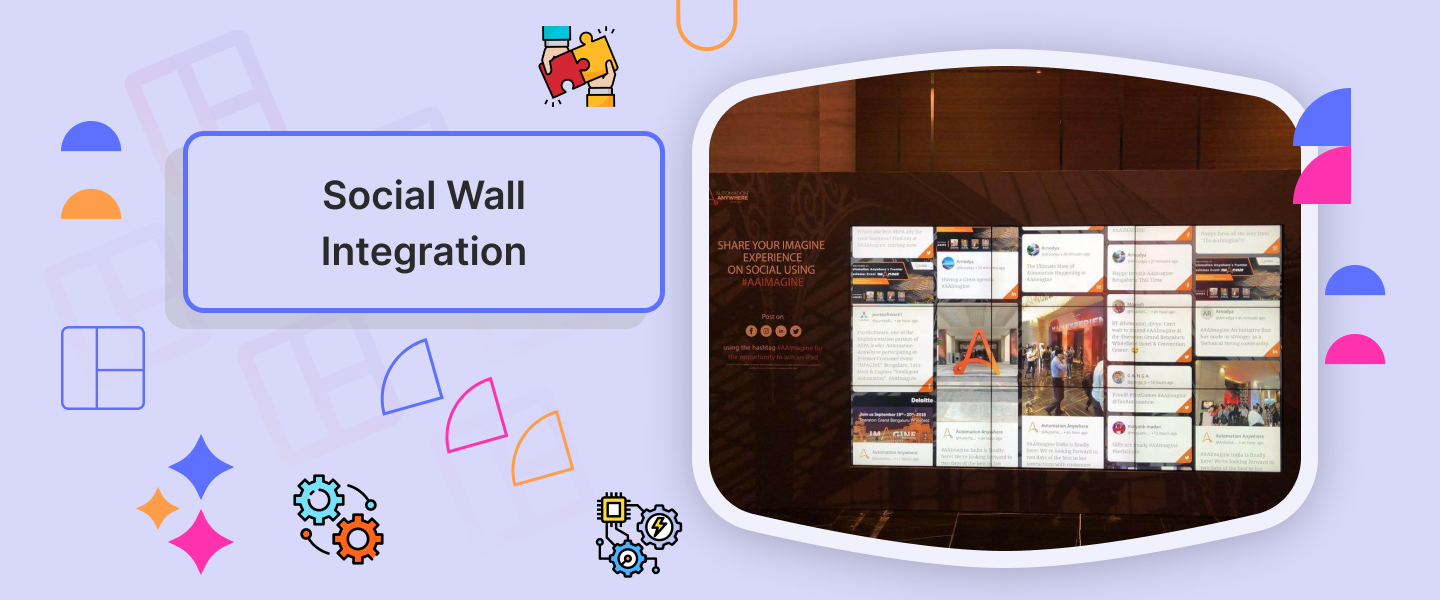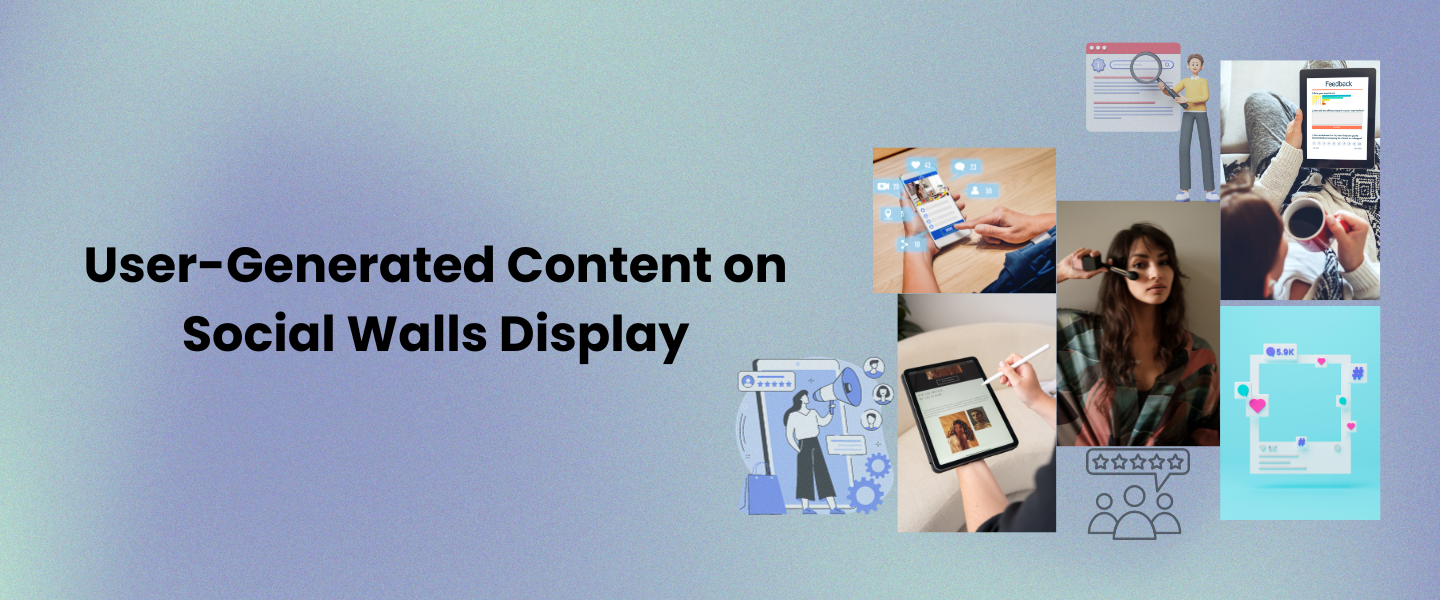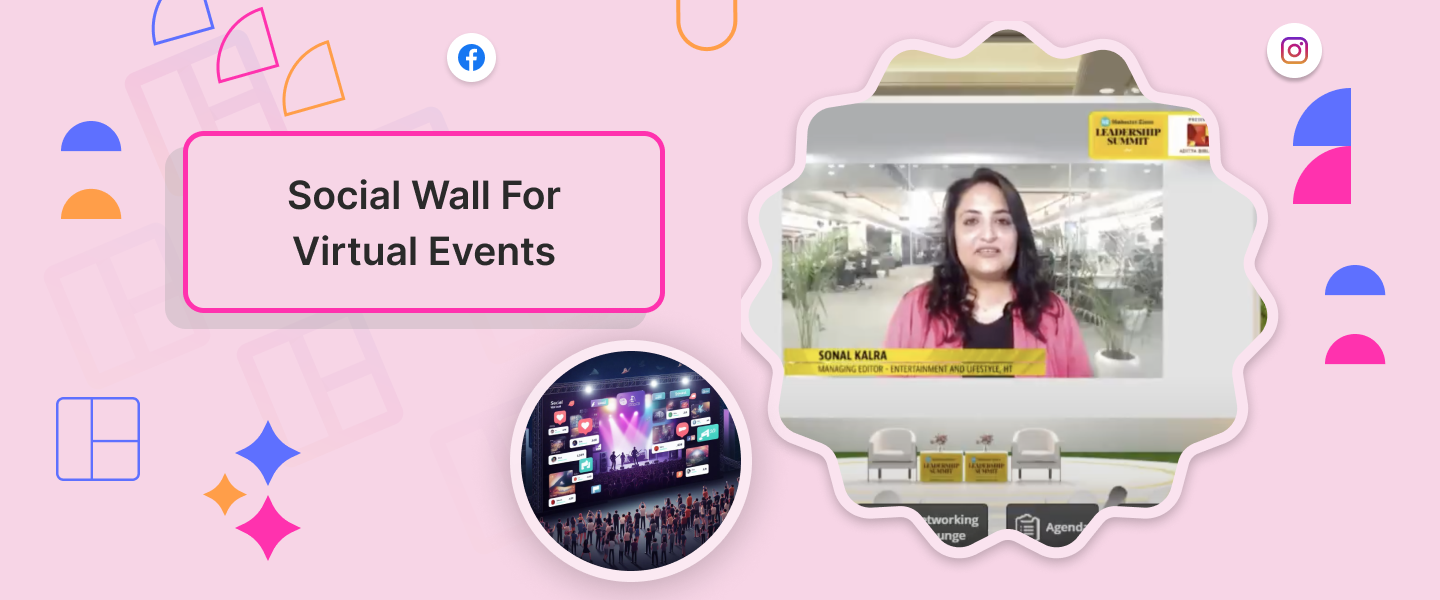November 1, 2023
Social media walls are more than just displays for live posts, establishing trust through reviews and feedback, or expanding your brand reach.
But Imagine how better it would be if you could analyze your event’s performance and learn how to make it goal-oriented on the same platform.
Know what exactly you need to make your events engaging and exciting, making people wish to attend your events with social wall analytics for your event success.
Well, you can strategize on how to host and what engaging elements can take your day in the right direction. Lastly, you can later track your performance and improve the next one, all at once.
Social wall analytics is a magic that can take your event to the top. Go ahead and read how you can use analytics to work on your pre-event, during, and post-event stages.
Pre-Event Blueprint: Social Media Wall Analytics
Pre-Event Phase
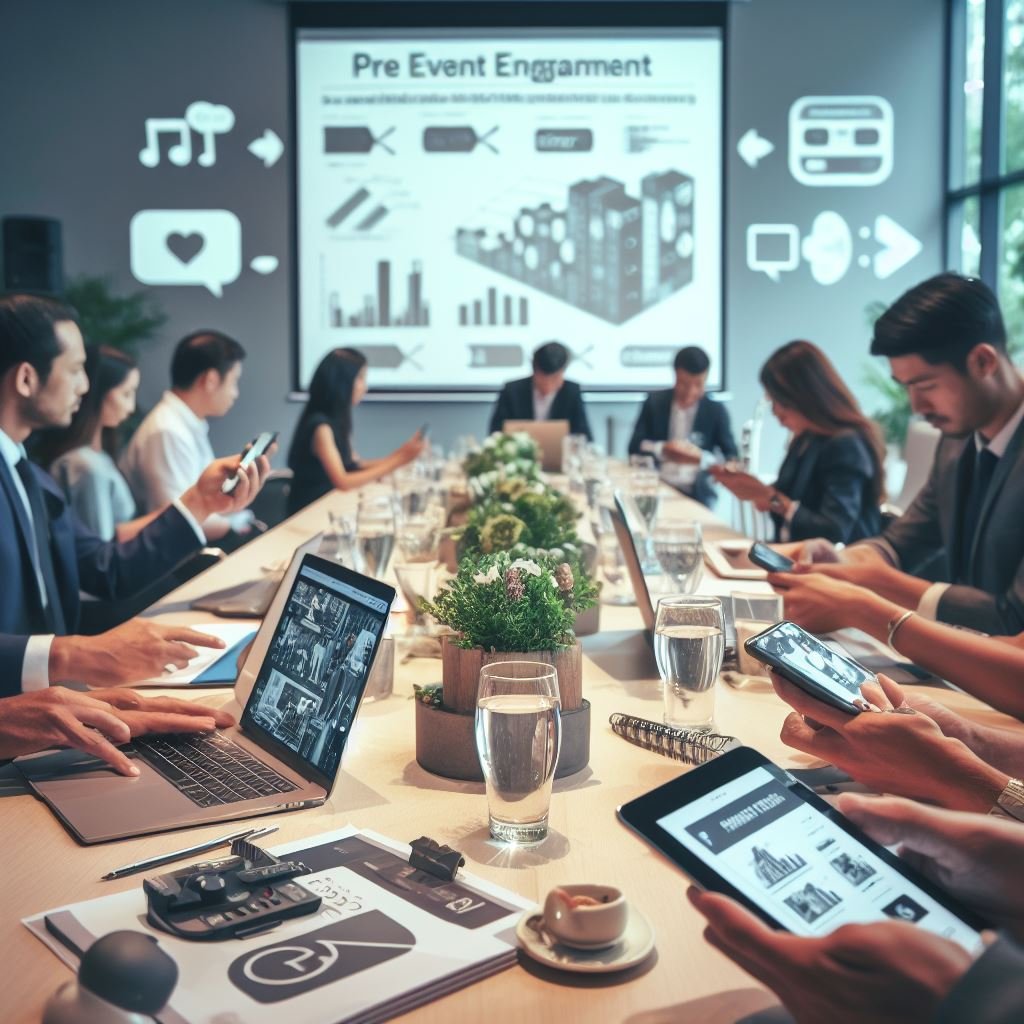
As a brand, you go through 3 stages when you organize an event. The first is the pre-event phase. It is this time when you set a sense of excitement in the environment and make last-minute arrangements behind the curtains as your attendees fill in the seats.
Marked by planning, organizing, and promoting, the pre-event stage can help you make a path that directs you in the right direction. Benefit from your social wall in your planning stage; learn how below:
How Social Media Wall Analytics Can Be Used For Better Planning?
With the help of technology and social media feeds, you can quickly learn about your audience and give them an event that perfectly fits their preference and gives you increased engagement.
Read below to learn more about how, through social media wall analytics, you can gain a better understanding.
Know the demographics and interests
Know more valuable data about your attendees, such as age and gender, by examining their social media profiles and posts, comments, likes, and more.
To understand your eventcomers thoroughly, you must ask them about their interests and preferences on specific topics. You can ask them directly or send them Q&As and polls to know their choices.
Learn about your audience’s sentiment

Before hosting an event, you must know what is your brand’s analysis in the public’s mind, that is, sentiment analysis: another crucial step to go through.
When you know the demographics and interests of your audience, you know how to implement what can help your audience enjoy the event more and how to strategize around that.
Monitor your competition
When discussing event analytics, you must also learn what to stay clear of. Not only that, but you analyze your competitors, their social media channels, and how they carry out their events, which helps them get a step closer to their goals.
Set clear goals
When you know what you aim at, you work on achieving it and avoid distraction. So set clear goals, as later they will help in knowing how you progressed and what was missed from your list.
Besides that, this can also help you in your next phase, that is, during the event, as you can strategize and execute any last-moment step.
Real-time Engagement and Monitoring During Your Event
During the Event Phase
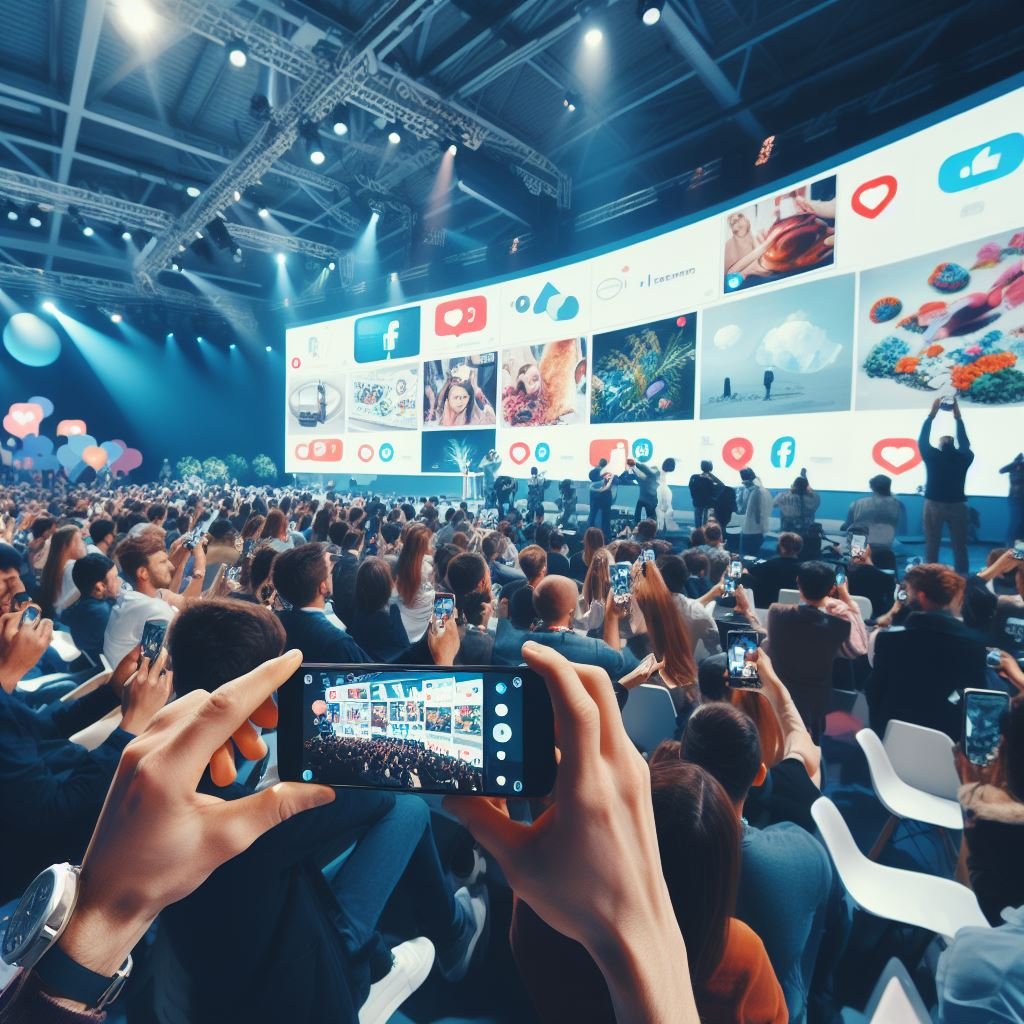
The “during-event” phase is when you work on your goals and achieve them when your planning meets execution. Display social wall at screens, but be mindful.
As the event unfolds, you can encourage attendees to take part in interactive activities and provide an engaging experience to them.
It’s a time of gaining real-time feedback and the full activation of your event’s objectives.
Real-time monitoring and engagement strategies
This phase is where you take your analytics game a notch up and monitor how your activities are performing and whether your audience is having fun or not.
It’s not only about whether your event runs smoothly but also resonates with your audience.
Monitor your event hashtags
As a brand, you create an event hashtag and ask your audience to share content using that to know how it is performing in real-time. With the help of hashtag tracking and analytics tools, you can quickly be informed about your social media accounts and the engagement received through mentions.
This tracking allows you to:
– Address attendee’s concerns
– Pinpoint positive feedback
– Allows you immediate adjustments for engagement.
Use user-generated content
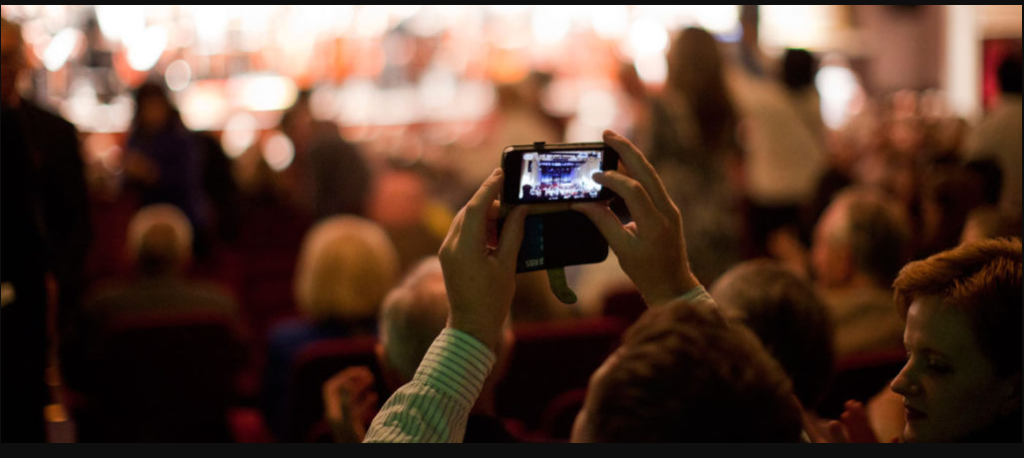
You must already know the potential of the authentic influence of your existing customers in shaping your brand image and bringing new users to your brand.
The during-event stage is an appropriate time to build honest bonds with your audience by displaying genuine reviews, feedback, and visuals of your consumers.
Increase interactiveness through activities
Social wall features are much more than just digital screen displays; they can effectively turn your events into these magnets, pulling fun and entertainment with their features, such as scannable QR codes for uploading live visuals, Q&A sessions to know the opinions of your attendees, and polls for their choices on specific subjects.
It is how you respond to attendees’ sentiments
When executing a successful event, you must be careful of your guests’ sentiments, check if they are having a blast, and customize the social wall if needed. This approach helps maintain a positive event reputation, and attendees appreciate the responsiveness.
Post-Event Analysis for Maximized Success
Post-Event Phase
As the venue is cleared and lights are switched off, you reach the end of your event; you have entered the post-event phase, a critical part of the event management process that requires your brand’s attention.
The value of post-event analysis and reporting
The value of the post-event phase is the precious data and insights collected throughout the event. This is your turn to dive into analytics and understand what you might have missed before, that is, learn from the experience. To manage and analyze gathered data, integrate a solid Smartsheet alternative to streamline your data processing and gain clearer insights.
Post-event data analysis

Post-event data is all you need to find out about your performance and what goals were achieved. Gather relevant and essential data from your social wall tool on present attendees, ticket sales, engagement surveys, and activity participation.
Not only this, but you can also see if your execution matched the demographics’ expectations and how their sentiments changed as the event proceeded.
The role of feedback and insights for future events
Events are an experience your audience goes through, so they have opinions and thoughts on how they felt throughout this session. To gain feedback, you must ask your audience to fill out the review forms honestly, as the insights gained from the post-event analysis are the building blocks for future success.
Tracking ROI and measuring success
None of this matters if your ultimate measure is not worthy. This phase is where you connect the dots and determine your ROI between your initial event objectives, the data collected, and its impact. By assessing the ROI, you can see the increase in brand visibility, boosted engagement, and follow-up sales.
Leverage insights for improvement
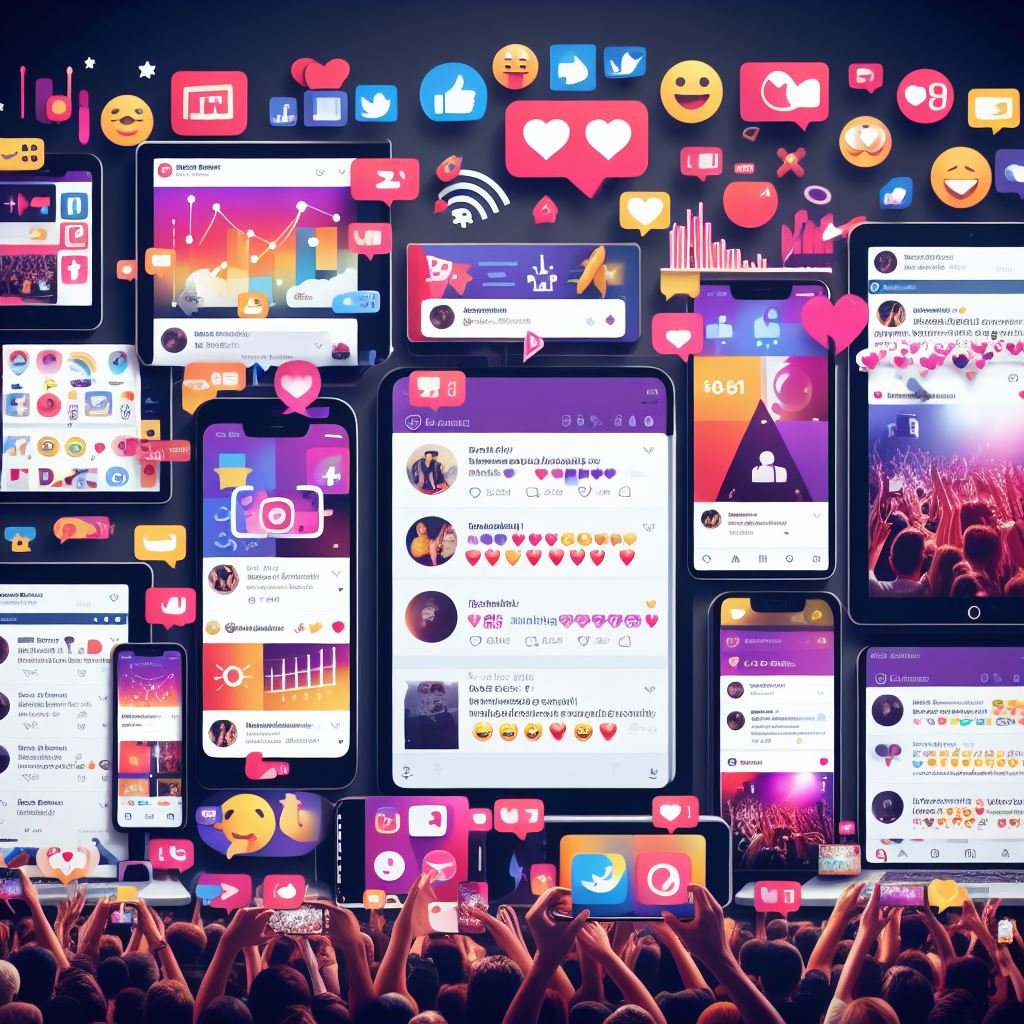
Now that you can access all the information on your event presentation through the survey forms, you can finally move on to the next step. Combine direct insights with data-driven reports and improve the strategies for the next event.
This includes working on your upcoming event content, marketing strategies per demographics, or scheduling a better time.
Wrapping up
Let’s agree on one thing: Social analytics makes events better.
To sum it up, social wall analytics can make your events amazing. It helps you understand your audience, keeps things interesting during the event, and shows you how well you did afterward.
The cool part is that you should start using it immediately as it is live and on display.
Give social media wall analytics a try to impress your audience and make your brand better.

